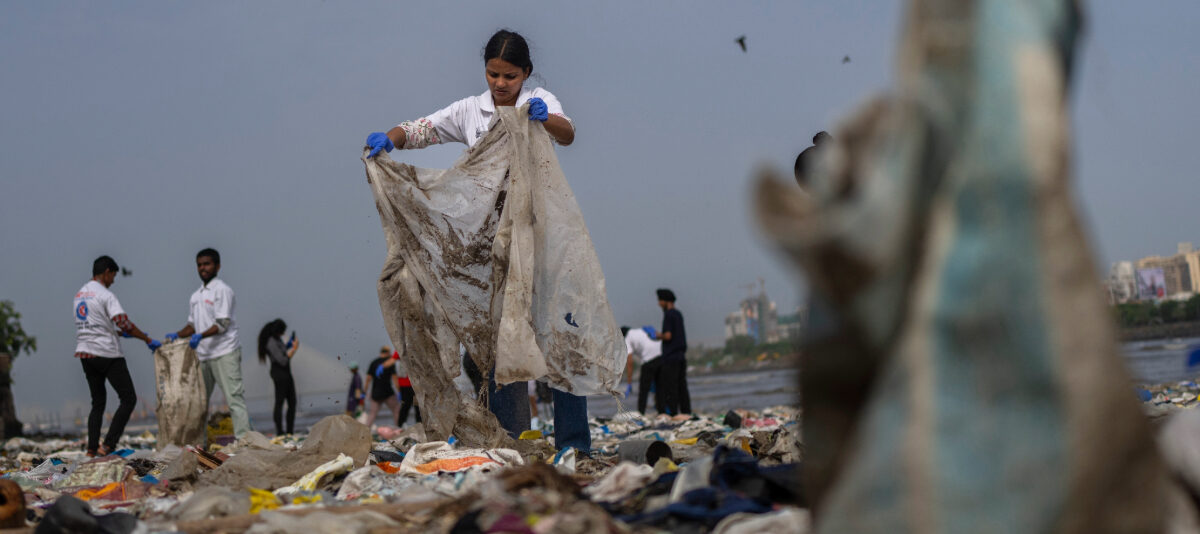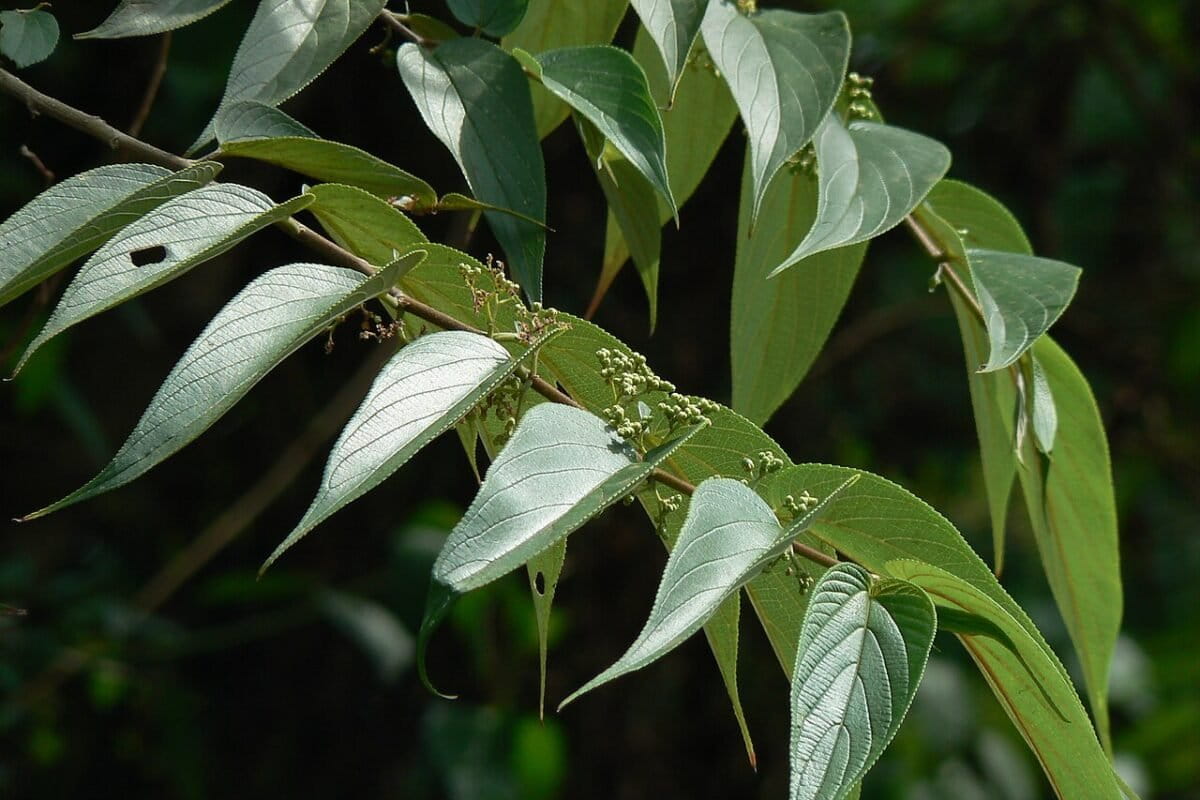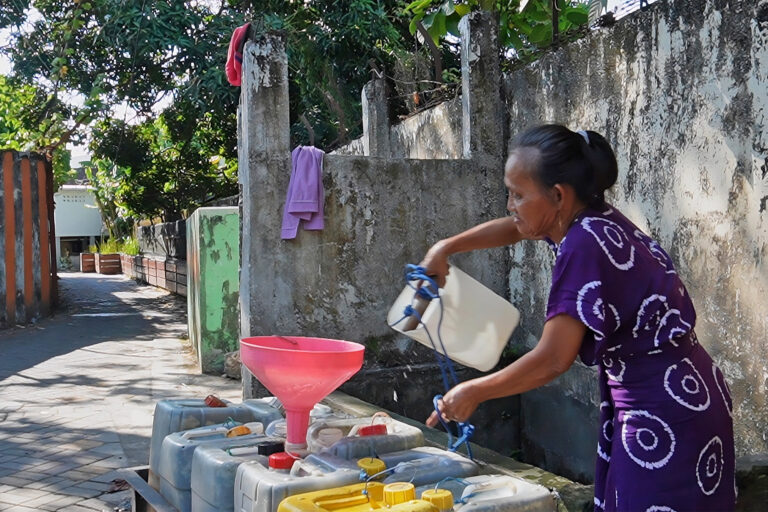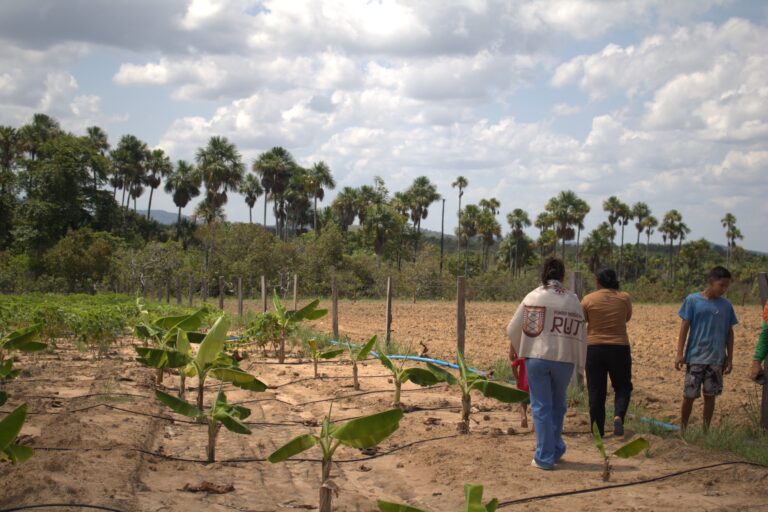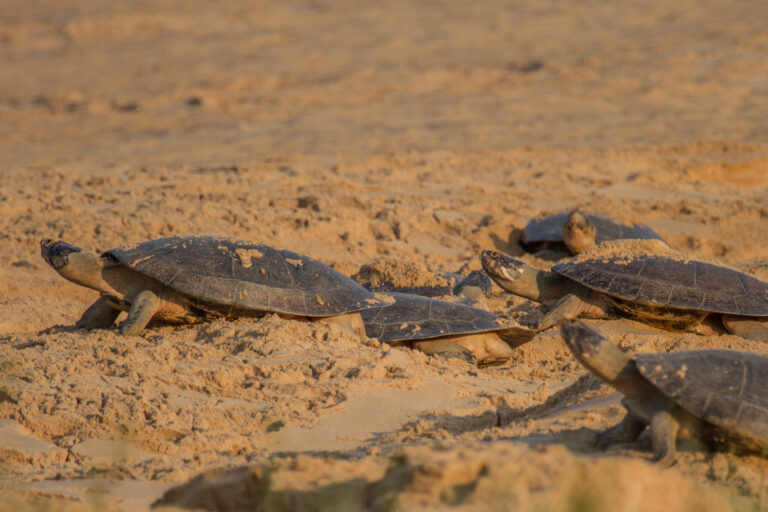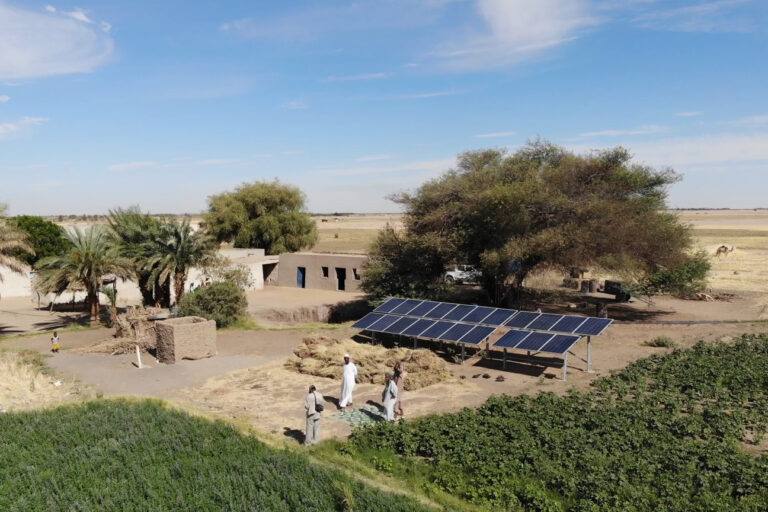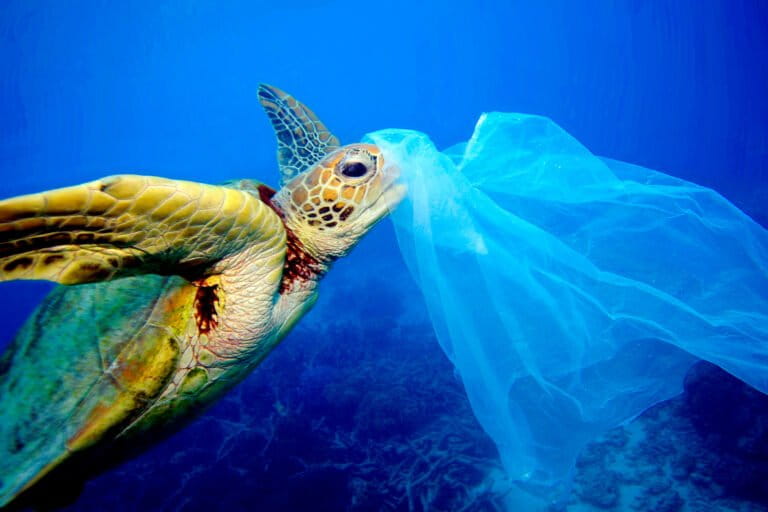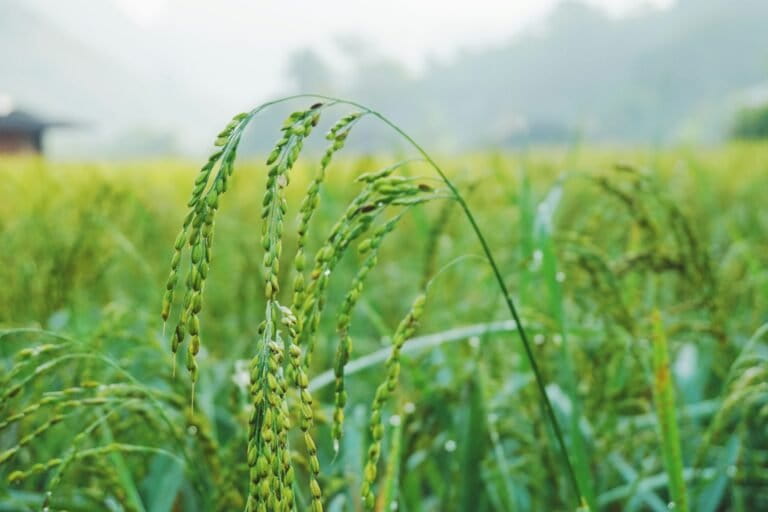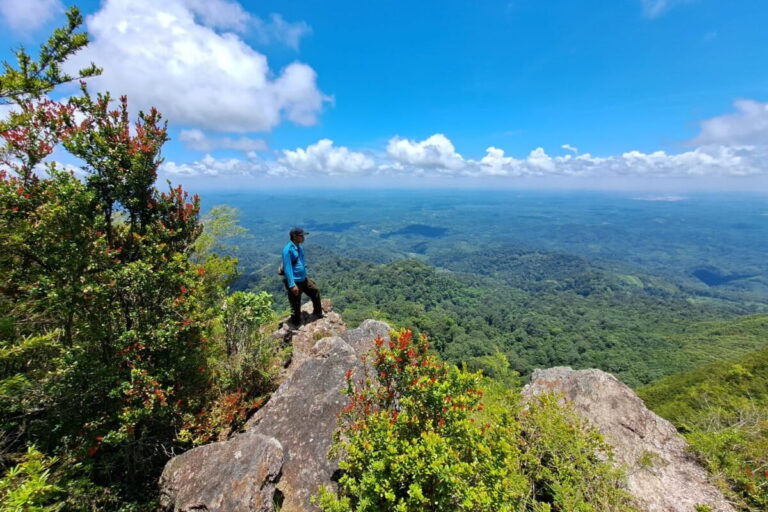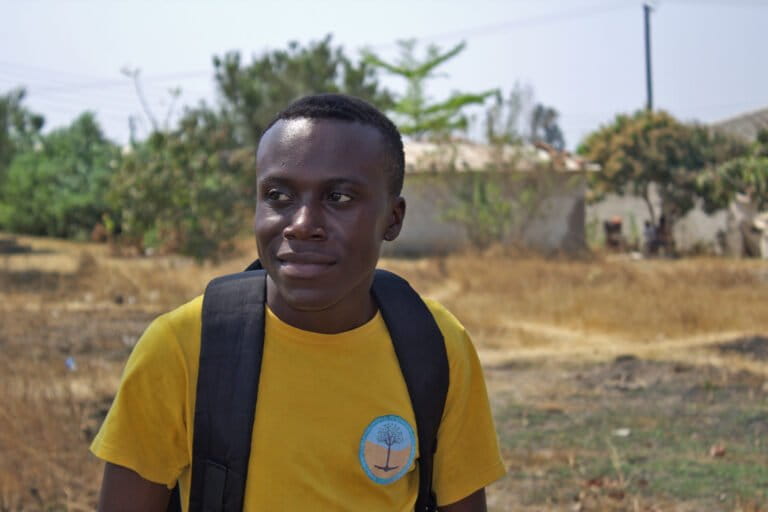- An Indigenous community in southwest Colombia established a protected reserve in the face of illegal logging, mining and coca cultivation being carried out by criminal groups.
- The Eperãra Siapidaarã peoples are especially interested in protecting the extremely poisonous golden dart frog, which they historically used in their darts while hunting.
- Despite establishing the reserve, the community has more work to do to fend off violent non-state armed groups.
One of the most poisonous animals on earth, the golden dart frog carries enough toxins in its body to kill 10 people. If it enters the blood stream, the toxin paralyzes the nervous system and, in only a few minutes, stops the heart from beating.
The golden dart frog (Phyllobates terribilis) is found only in southwest Colombia, where mountains and rainforest meet the mangroves of the Pacific coast. For centuries, the Indigenous communities there harvested the toxin for their hunting darts. But in recent years, as criminal activity has spread through the area, some communities have begun to worry that the frog might disappear.
“The advancing agricultural frontier, mining and the expansion of illicit coca crops impinge on the life of the frog because it’s endemic to that one area,” said Luis Ortega, director of the environmental group Fundación Ecohabitats. “All the time, there’s less and less habitat for them.”
For some Indigenous peoples in the area, such as the Eperãra Siapidaarã of Timbiqui, the golden dart frog is more than a hunting tool. It’s also a central figure in their culture, and the reason their ancestors were able to survive after being relocated to the coast during Spanish colonization.
During that time, the frog’s poison helped save the community by giving it an easy way to hunt. Now, it was the community’s turn to help save the frog.
The best way to do this, the Eperãra Siapidaarã decided, was to establish a natural reserve that they would protect and maintain themselves.
“We have the working spirit to defend this territory,” community leader Carlos Quiro told Mongabay.

Quiro and the Eperãra Siapidaarã had already worked with the Colombian government on land titling issues in their territory as well as to help preserve mangroves and other local ecosystems. But these measures weren’t stopping the habitat destruction.
Non-state armed groups, including paramilitaries and guerrillas, have been deforesting the Chocó Biogeographical Region for decades. In recent years, they have pushed into Eperãra Siapidaarã territory to plant coca for drug production, sometimes leading to violent land disputes between rival groups.
In 2009, Colombia recognized the Eperãra Siapidaarã as one of the Indigenous peoples at risk of extinction due to the country’s ongoing armed conflict.
“They threaten leaders,” Quiro said. “We lose biodiversity and our culture.”
There are also three legal gold and silver mining operations upstream from Eperãra Siapidaarã territory, which satellite data suggest have advanced well beyond their concessions, according to Fundación Ecohabitats. Some residents noticed that the fish pulled from local rivers were becoming smaller and scarcer than in previous years, likely as a result of the pollution.
The makings of a reserve
In 2017, community leaders started meeting with Fundación Ecohabitats, the Cauca department government and the Ministry of Interior about developing a protected area for the golden dart frog. It would not require demarcating new land, they proposed, but instead absorb more than half of the community’s existing territory.
With funding from the Rainforest Trust, meetings were held for the next two years to discuss where the community wanted to establish the reserve and what conservation initiatives they should prioritize. In addition to protecting the golden dart frog’s habitat, residents were interested in stewarding the area’s many watersheds and developing a land use plan that would allow them to continue harvesting forest resources for their cultural, medicinal and spiritual practices.
Younger members of the community were trained in geographic information systems to assist with mapping the boundaries of the new reserve and carrying out patrols, while others studied tourism and business in hopes of turning their artisanal forestry practices into a sustainable source of income.
In September 2019, after years of work, the community officially announced the establishment of the 11,641-hectare (28,765-acre) K´õk´õi Eujã Traditional Natural Reserve — Territory of the Golden Dart Frog.
So far, it hasn’t stopped non-state armed groups from engaging in violent confrontations over control of coca production near Eperãra Siapidaarã territory. It also can’t do anything to prevent pollution from the illegal mining operations upstream. But with the newly established reserve, residents say they feel they have more of a fighting chance.
“There are areas abundant with plants for medicinal use,” Quiro said, “and there is also another area, another mountain range, where there are many trees that are useful for families, so we are benefiting from that. They are very important to the Eperãra Siapidaarã.”

The reserve contains 41 plant species and 11 bird species endemic to Colombia, according to the community’s preliminary research. It is also home to dozens of rare and threatened species, including the night scented orchid (Epidendrum nocturnum) and Licania velata.
The community is still training its rangers in data collection that will help it better understand how these different species are faring in the reserve. Right now, there isn’t hard data on the golden dart frog population or whether it has improved since the reserve was founded. Empirical evidence suggests that it has rebounded, community members say, but they want to know for certain.
One of the Eperãra Siapidaarã’s next goals is to collaborate with biologists and the local government on scientific research projects that will strengthen their understanding of the forest ecosystem, and then to use that work to make better decisions as a community.
In October and November, for example, the golden dart frog begins reproducing. Quiro said he wants to learn more about that process and what can be done to ensure it isn’t interrupted.
“It interests me a lot,” he said. “To understand that experience and, equally important, to share it with the younger generations.”
Banner image: Eperãra Siapidaarã homes on the banks of the Saija River in southwest Colombia. Image by Luis Ortega/Fundación Ecohabitats.
FEEDBACK: Use this form to send a message to the author of this post. If you want to post a public comment, you can do that at the bottom of the page.



